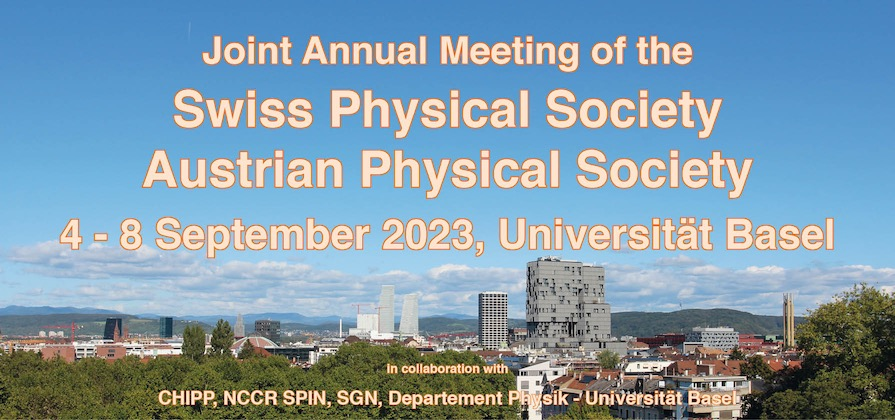The Irish scientist Richard Kirwan (1733 - 1812) is well known as chemist, mineralogist, geologist, and meteorologist. Less established is, his contribution to ferromagnetism. His name is connected to the so called Rotation Hypothesis which considered natural magnets as solids which contain rotatable ‘atomic’ magnets rather than ‘magnetic’ fluids perfusing through the solid as in the so...
The historical physics collection at the University of Vienna offers numerous possibilities to study basic concepts and important developments of physics. Historical instruments and objects come to life in experiments. Many of them still work and make fascinating experiments. The following devices are shown briefly by means of photos or video: the flame probe with the electroscope, the Atwood...
Johann III Bernoulli, director of the Berlin Observatory, paid tribute to the observatories of present-day Austria with detailed descriptions of their construction and instruments in his extensive travel descriptions. Maximilian Hell (1720-1793), Vienna University Observatory Director, as well as Placidus Fixlmillner (1721-1791), Director of the "Astronomical Tower" of Kremsmünster Abbey in...
Daniel Bernoulli (1700 - 1782) studied initially medicine in Basel, Heidelberg, and Strasbourg, concluding with a thesis on respiration (containing experimental and mathematical approaches). During his scientific life he worked across many disciplines (with a focus on physics and its mathematical foundations). In 1725 he was appointed to the St. Petersburg Academy. In 1726 Leonhard Euler...
